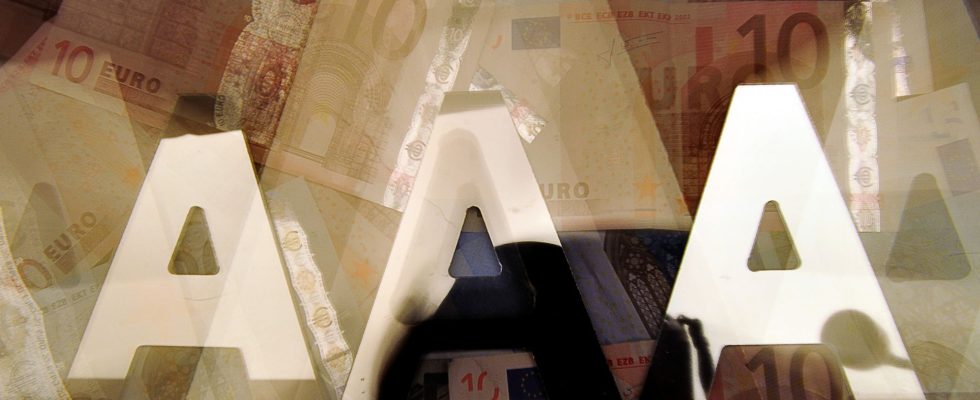The rating agency Fitch, one of the three most important in the world with Standards & Poor’s Global (S & P) and Moddy’s, placed the AAA rating – the highest possible – of the United States “on Wednesday May 25 “. The country could lose it due to the risk of default caused by political opposition that makes it impossible to raise the debt ceiling.
Created after the 1907 banking crisis, these notes send strong signals to the financial markets. They indicate the ability of a state to repay its debt. This is called sovereign debt rating: the best rating being AAA (the famous triple A), the worst being C or D depending on the agency. They are supposed to reflect the economic health of these actors: to rate a country, the agencies assess growth, debt, deficit, expenditure, tax revenue, etc.
This system makes it possible to establish a diagnosis which will give investors an overview of the risk associated with their investments in a particular country. The lower the rating, the more investors will be tempted to demand a high interest rate to lend money to a State or a company, because its debt will be considered riskier.
Who are the triple A’s?
Of the 137 nations currently rated, few countries enjoy the best possible rating unanimously granted by the three major rating agencies. This very restricted circle includes Australia, Denmark, Germany, Luxembourg, the Netherlands, Switzerland, Norway, Sweden and Singapore.
Liechtenstein is rated triple A by S&P, the only agency to rate the country, while Canada is considered AAA by two of the three agencies. The United States, like the European Union as a whole, enjoys a solid place: it is currently rated AAA by Fitch and Moody’s, while S&P has already downgraded the United States to an AA + , and the European Union at a simple double A. The S & P firm also gives the rating of AA + to Austria, Finland, New Zealand, Hong Kong and Taiwan.
Fallen AAAs
In Europe, several countries, including France, were deprived of the precious sesame with the three main agencies in the aftermath of the 2008 financial crisis. France had then lost its triple A between 2012 and 2013, when the agencies had in turn round lowered its rating for its poor growth. At the end of April 2023, France was once again downgraded by Fitch, which announced a lowering of France’s rating to “AA-“, against AA previously. The agency described social tensions around the pension reform as a “risk for the reform program” in progress. She also referred to “significant budget deficits and modest progress” in reducing them.
In the case of the United States, the loss of the triple A would constitute a strong symbolic failure, but not necessarily a catastrophe. In fact, in the event of a one-notch downgrade, the United States would retain a very favorable rating (AA+). This would not scare investors away, as US debt remains an important pledge of confidence and an essential investment for global savings. The loss of triple A at S&P – which took place as early as 2011 – would also limit the scope of a decline in appreciation by Fitch.
“The dollar is the world’s reserve currency,” the agency also recalled in its conclusions on Wednesday, suggesting that the United States will continue to find buyers for their debt very easily… Even if the interest rate could rise.
